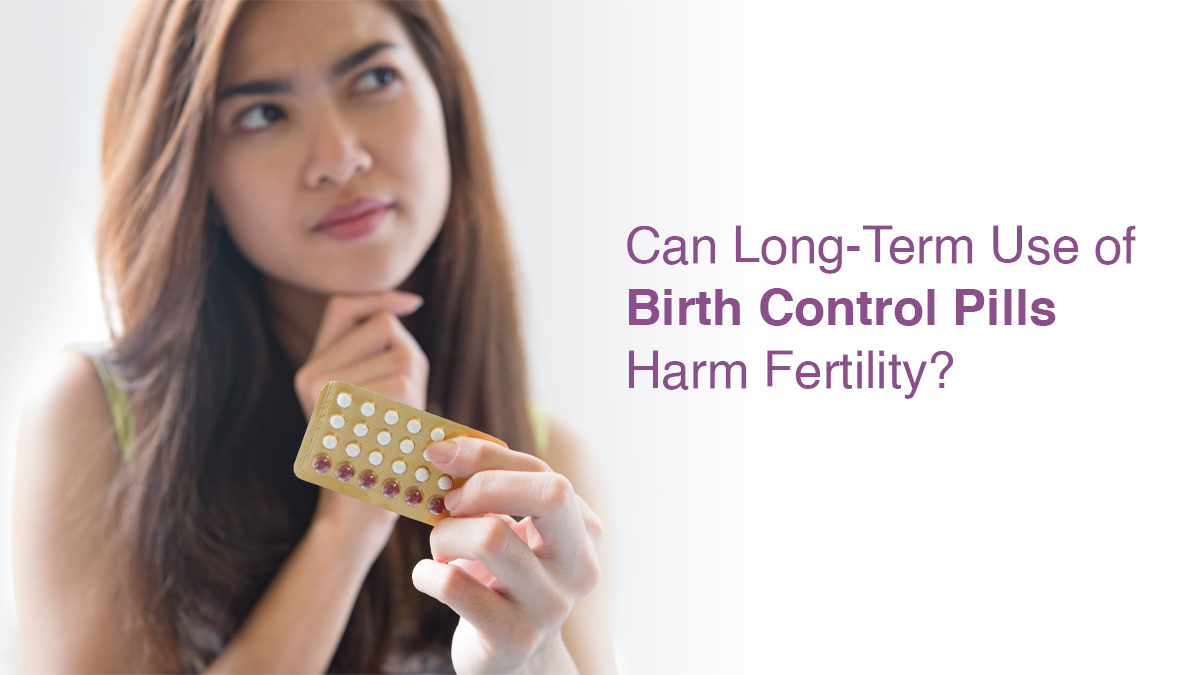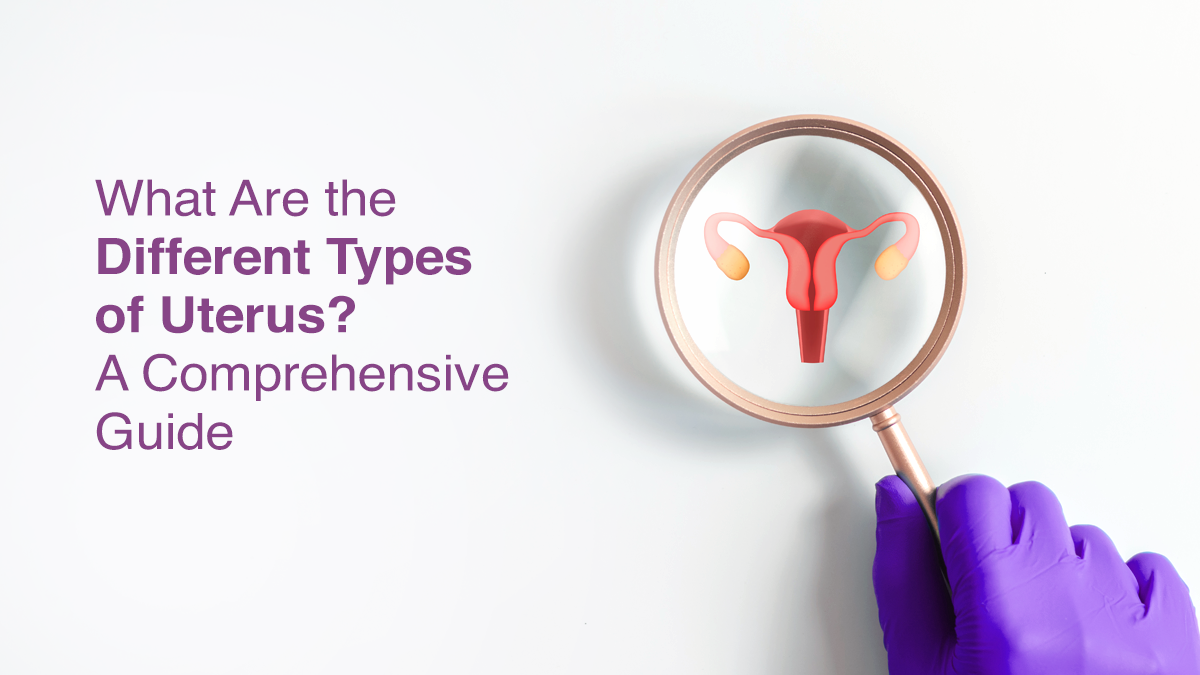
An Informative Guide to Hormone Replacement Therapy

The natural biological process known as menopause marks the end of a woman’s reproductive years. The average age for menopause is between the ages of 45 years to 50 years. It is marked by the cessation of ovarian functions leading to decline of the hormones estrogen and progesterone. This in turn is associated with a wide variety of symptoms. Hormone replacement therapy (HRT) is a popular choice to alleviate these symptoms and improve the quality of life.
What Is Hormone Replacement Therapy (HRT)?
Hormone replacement therapy, or HRT is replenishment of the ovarian hormones in post menopausal women with the aim of alleviating postmenopausal symptoms Hormone therapy or HRT usually consists of the ovarian hormones estrogen and progesterone. It is majorly used to treat severe vasomotor symptoms like hot flashes and prevent osteoporosis.
Types of Hormone Replacement Therapy
Estrogen therapy and combination therapy with both estrogen and progesterone are the two primary forms of hormone replacement therapy for menopause. Based on the symptoms, medical history the ideal HRT is decided for each case.
Estrogen Therapy
Estrogen usually works well on moderate to severe vasomotor symptoms. A variety of estrogens like conjugated equine estrogen and synthetic estrogen are available in different forms. Pills, patches, gels, vaginal rings, lotions, tablets, and sprays are some of the several forms. Due to the risk of adverse effects of estrogen on endometrium, it is preferred as standalone therapy in women with absent uterus.
Combination Therapy (EPT)
The addition of progesterone to estrogen lowers the adverse effects on the endometrium. It can be used as an IUD, patches, or pills. It helps in mood instability and sleep disturbances. It is not needed in women post hysterectomy.
Benefits of Hormone Replacement Therapy
HRT has the potential to:
- Alleviate vasomotor symptoms such as night sweats and hot flashes
- Improve the quality of sleep
- Reduce vaginal dryness
- Aid in preventing osteoporosis-related fractures (thinning bones)
- Reduce the risk of heart disease in women
- Reduce the likelihood of dementia
Risks and Side Effects of HRT
Risks:
- Increased risk of Endometrial cancer
- Blood Clots
- Stroke
- Increased risk of Breast Cancer
Side Effects:
There are transient side effects associated with HRT. They usually settle down over a few months:
- Bloating
- Tenderness or swelling in the breasts
- Headache
- Changes in mood
- Feeling queasy
- Bleeding from the vagina
Who Should Avoid HRT?
HRT might not be appropriate for those with a :
- History of deep vein thrombosis and stroke
- History of estrogen sensitive breast cancer
- Unexplained vaginal bleeding
Considerations Before Starting HRT
Your doctor will evaluate a number of parameters before beginning hormone replacement therapy to see if it’s right for you. Your age, symptoms, general health, and personal and family medical history are important factors to take into account. They will assess the risks associated with diseases such as heart disease, stroke, blood clots, and breast cancer. The choice may also be influenced by your lifestyle choices, including smoking and the medications you now use. Since HRT is customised for each patient, your doctor will run over the possible advantages—like symptom relief and bone health—as well as the possible drawbacks. It’s critical to conduct routine follow-ups to track your progress and make changes accordingly.
Alternatives to HRT
There are other choices that might relieve your symptoms. Consult your physician to see if any of the following options would be more suitable for you:
- Over-the-counter (OTC) lubricants for the vagina
- Heat flash antidepressants
- SERMs, or selective estrogen receptor modulators, are used to treat painful sex and hot flashes.
- Clonidine, oxybutynin, or gabapentin can be used to treat sleeplessness and hot flashes.
- The FDA has approved paroxetine and fezolinetant as treatments for hot flashes.
Monitoring and Follow-Up During HRT
Routine monitoring is necessary to guarantee the efficacy and safety of HRT. This includes regular examinations to assess symptom alleviation and manage any adverse effects. Healthcare professionals usually perform routine breast exams and mammograms in addition to monitoring blood pressure, cholesterol, and general cardiovascular health. If osteoporosis is a concern, bone density measurements may be made. Periodically, hormone levels and treatment regimens are evaluated to make any required modifications. Additionally, it’s critical to keep an eye out for any potential issues, such as blood clots or unusual bleeding. It is important to have regular conversations to aid in deciding whether to continue, taper off, or stop HRT.
Conclusion
HRT has the potential to effectively manage menopause symptoms and improve your quality of life for better emotional and mental well-being. If you want to know more about hormone replacement therapy for men and women as well as discuss its cost visit the Oasis Fertility clinic near you. Additionally, you can use our live chat or contact us on 1800-3001-1000 to avail more details.


fill up the form to get a
Free Consultation
Avail 0% interest on EMI
All Procedures | No Upper Limit





